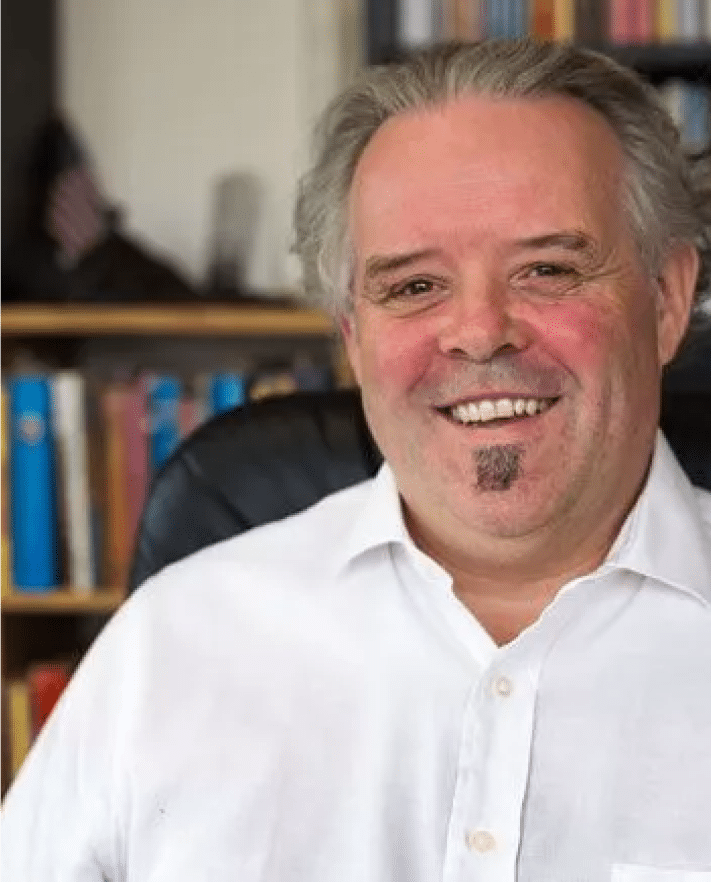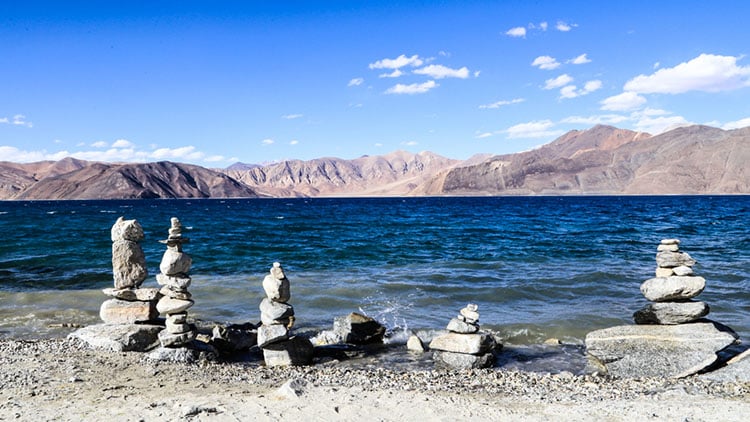Learn by Doing Nothing: Emotions and Thoughts in Meditation
Category: Buddhist Meditation | How to Meditate | Mind Trainer Articles | Mindfulness and Awareness | Popular

How do you practice being present in every moment of your life?
Through meditation we learn that we can relate to our emotions with a more natural attitude. Once we’ve developed a meditative foundation of being present in the moment, the next step is to recognize that our emotions are not forced upon us. We ourselves are producing them and we take responsibility for them. With this recognition, we learn we can distance ourselves from them, to observe them in the same way that we observe any other movement of mind, such as a thought or feeling, during our meditation practice. We come to realize that an emotion is simply a mental event. It doesn’t have any inherent weight or power. The only power it has is the power we give it by solidifying that particular mental event. We give that emotional event a particularity, an importance and meaning, based on our preferences, likes, and dislikes.
Usually, without noticing it, we want the mind to be like this and not like that. But here we can observe the mind’s productions in a very benevolent and spacious way. During your practice, I invite you to simply be the witness of all the movements of mind, without being the judge. Just be that mindful moment.
Of course, in post-meditation situations (also known as life), we have to make choices. Yes or no, do it or don’t, is this appropriate or not. We all need to make choices based on circumstances and situations that we encounter. Choices are necessary. But when we meditate, as we sit in the boudoir of our mind, there’s nothing to explain, there’s nothing to justify. There is no decision, only watchful awareness—one moment meditation.
On the cushion, we don’t have to project a glorious or ignoble image of ourselves to ourselves. We don’t have to lie to ourselves by pretending that we are something or someone we’re not because we don’t actually know who we are. In our usual way of functioning, we’re makeup artists. We’re always making stuff up, and then we become storytellers. “Hey, look at me. This is my story. This is what I am.” And then we buy into our own tall tale, hook, line, and sinker.
All of the usual judgments and labels that arise are relative: they present themselves according to your own preferences, right? Your thoughts don’t have a value as such. They are just thoughts. Through practice, you can come to see that. When your meditation is focused on the present moment, you no longer believe that “These thoughts are so clear, powerful, vivid, and vibrant that I tend to cling to them as being real and substantial. And on the basis of my thoughts I freak out or I’m elated—but actually I’m just making stuff up.”
What’s the point? Cut it out! Sit and do nothing! Stop making stuff up! Doing nothing doesn’t mean that you suppress or you hide or you turn your head away from whatever arises in the mind. No, it’s just the opposite. Whether your thoughts and emotions are glorious or inglorious, whether they are beautiful or not, making use of them in this way will help you come closer to present moment awareness, and eventually to a direct understanding of the nature of mind. Even if this practice belongs to the “do nothing” file, you will come to realize that it’s hard work at first. It takes effort to do that much nothing. It requires diligence. But eventually it becomes relaxed. Naturally. Don’t panic, just keep observing. Be a benevolent, spacious, open, and mindful witness of your mind’s own creation.
Emotions arise and disappear. As you are more and more able to be the gentle, mindful witness of their genesis and disappearance, they lose the ability to create trouble, cloud the clarity of your mind, and blind you. They become the finger that points at the moon. They’re your great friends because they offer you opportunities to look at your mind and disentangle yourself from your old habits. They become reminders for what you need to work on, to let go of, but again in a natural way, not as a project. The awareness of holding on is the beginning of letting go.
Look at your thoughts and emotions for what they are: they arise and they fall. For most people, the simple practice of coming back to your breath helps you keep this distance and maintain a nonjudgmental mind. You are learning to be with what is. The training is to progressively let go of the training wheels on your bicycle of meditation, whatever meditation support you use—the breath or a different object—and come to this mindful spaciousness. Mind is spacious because it is not restricted to one thing, it is not located anywhere: it is open and aware of everything. There comes a moment where the meditator is no longer a reference point that is looking at things. In that mindful meditation moment, the meditator becomes awareness itself.






